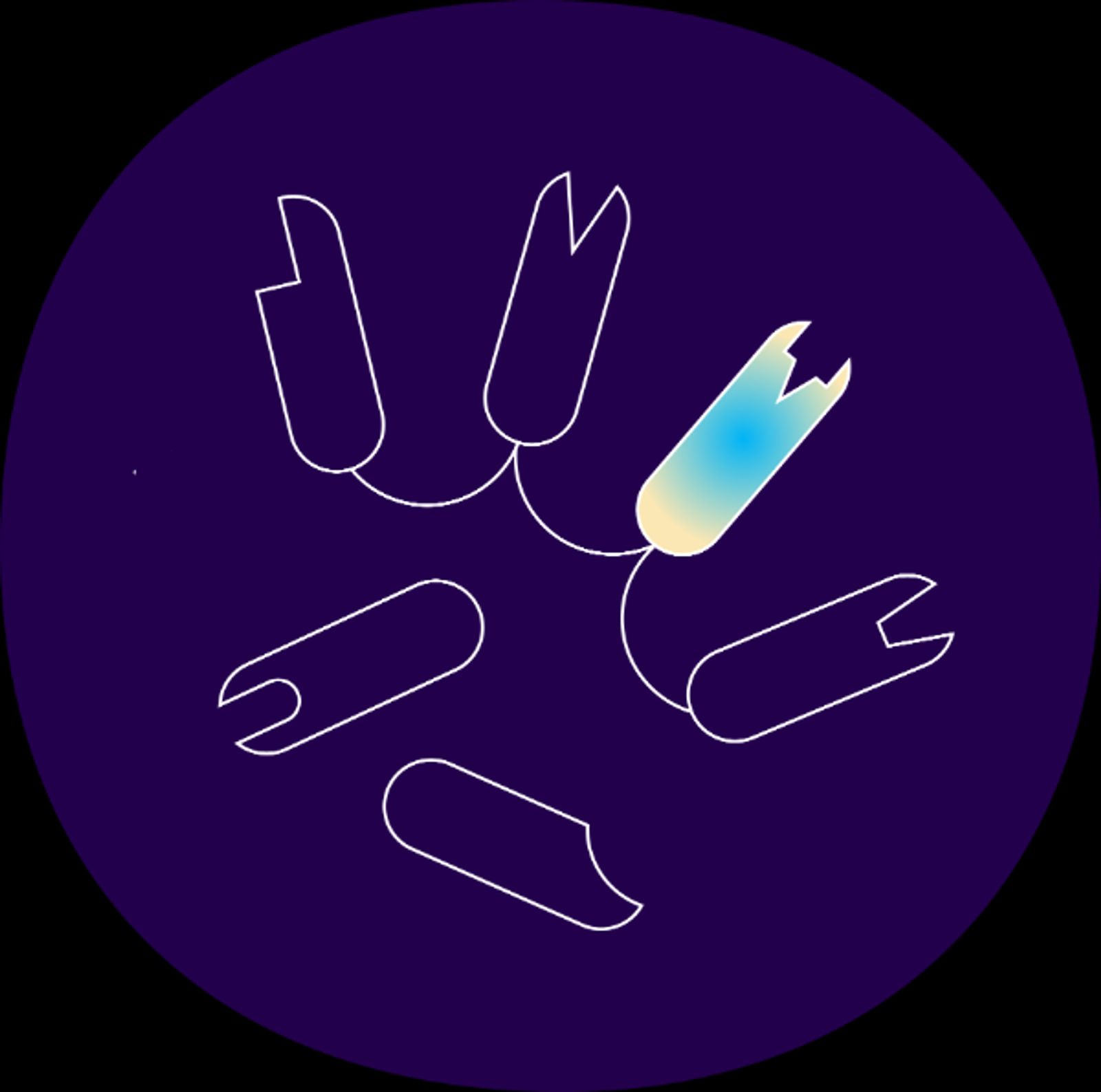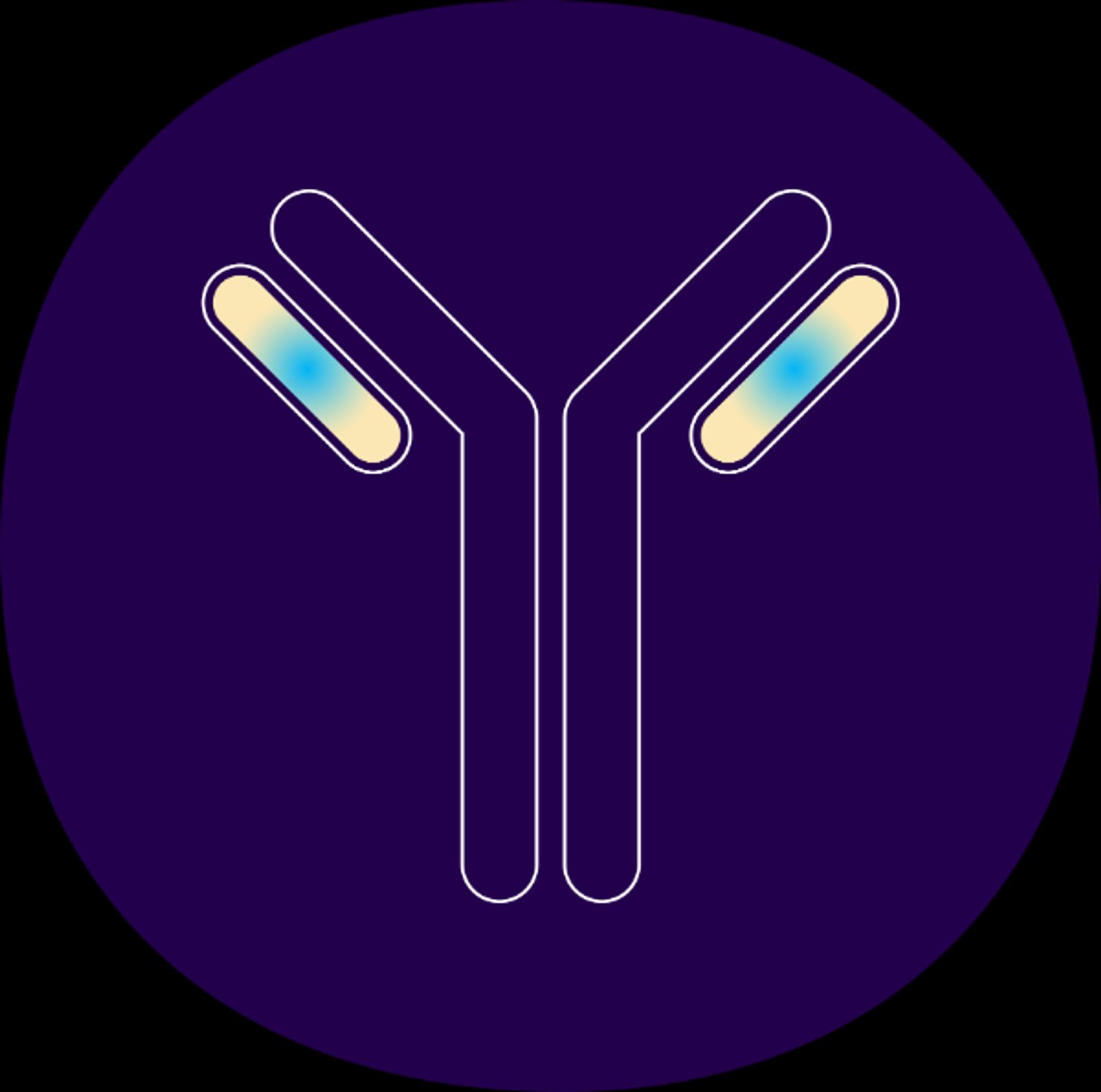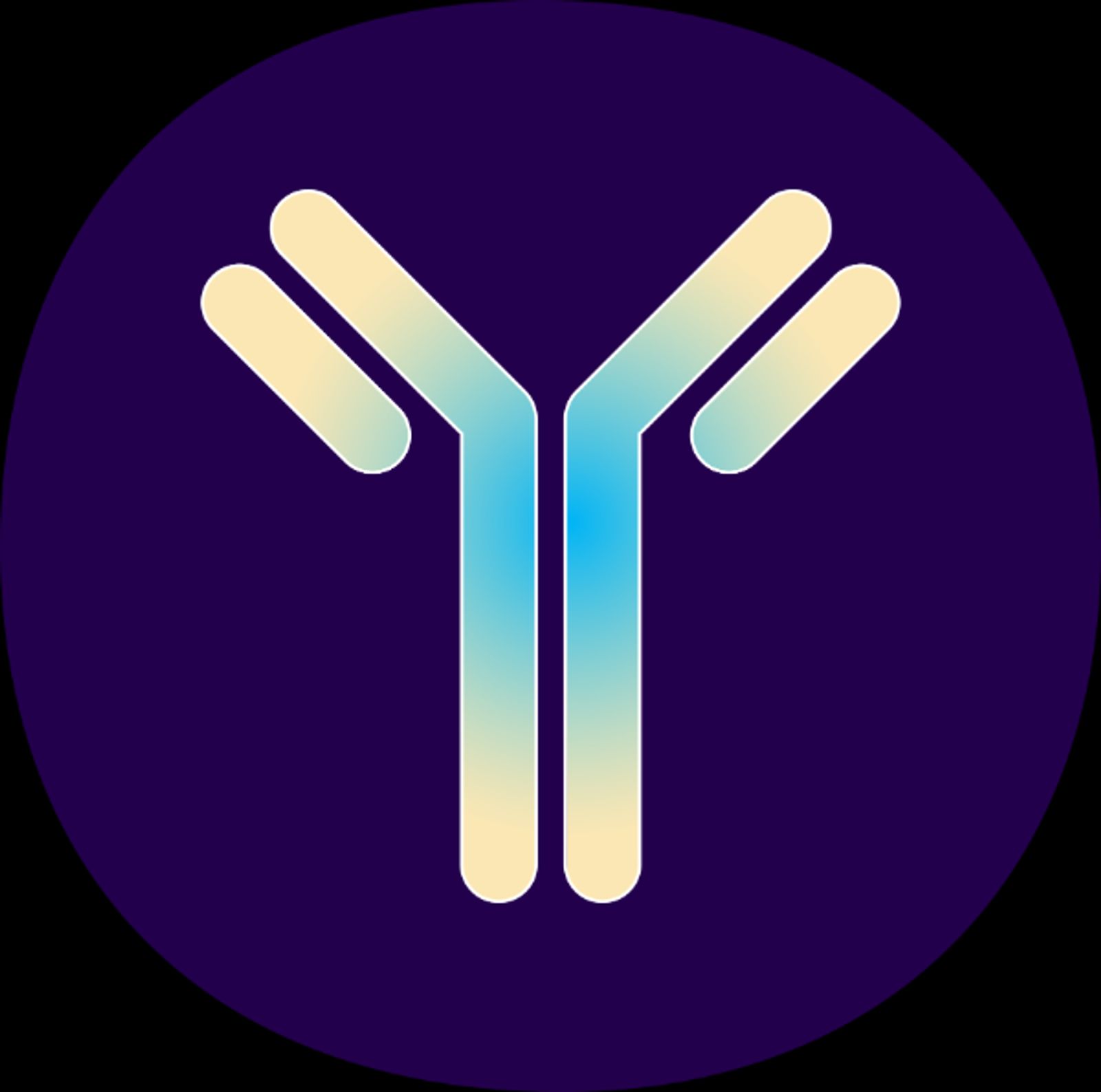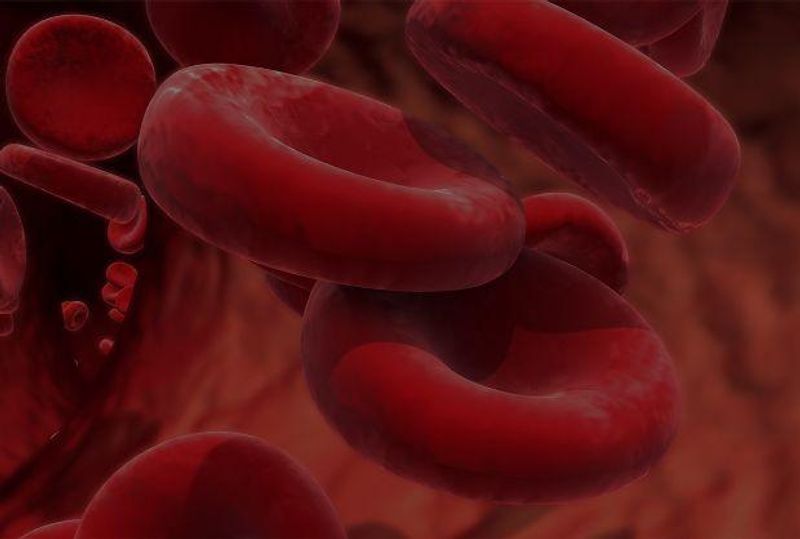Restoring Balance in the Blood
![Above: 3D illustration of a blood platelet [Credit: Microverse]](/optim/dotcom/content-app/articles/our-science/new-technologie-aim-to-repair-and-restore-balance-in-the-blood/article22-ourscience-core-image_20230522122445.jpg?size=xlarge)
From RNA-based therapies and engineered proteins to flexible, multi-target biologics, our R&D teams have what it takes to meet the needs of people living with rare blood disorders.
Every day, we draw on an immense store of knowledge and a vast R&D infrastructure to achieve our goal of repairing and restoring balance to the blood. The result is a rare blood disorders pipeline that’s become one of the most robust in the industry. The new technologies behind these advances represent decades of discovery, collaboration, and scientific advancement–and to patients they represent much more: The hope that comes when brilliant ideas graduate from the lab and enter the clinic.

Karin Knobe
Head of Development for Rare Blood Disorders
Technologies Driving Innovation in Rare Blood Disorders

High Efficacy Factor Replacement Therapies and Hemophilia
Families managing hemophilia are seeking treatments that prevent bleeds and joint damage and require less frequent administration. That’s why we’ve been pursuing a new kind of extended half-life factor VIII replacement therapy, now in late-stage clinical trials. Based on advanced protein engineering, this elegantly engineered molecule is designed to sustain high protection from bleeds in people with hemophilia A by keeping factor levels in the normal to near-normal range for most of the week.

Extended efficacy: siRNA and Hemophilia
We aim to protect against bleeds in people with hemophilia by rebalancing pro- and anti-coagulant proteins in the blood. To help the body produce more thrombin, a protein that helps initiate blood clotting, we’ve designed a molecule that uses small interfering RNA (siRNA) to slow the production of an anti-thrombin protein.

NANOBODY® Technology and acquired Thrombotic Thrombocytopenic Purpura (aTTP)
NANOBODY® technology is behind the first approved treatment for aTTP, a life-threatening, immune-mediated blood disorder. The problem: small blood clots form throughout the body. The cause: a defective enzyme prevents a protein called von Willebrand factor (vWF) from working properly: large forms of this “sticky” protein remain in the blood too long, attracting platelets.
By attaching a tiny fragment of an antibody – a NANOBODY® molecule – to the vWF, we can stop it acting on platelets. In combination with plasma exchange and immunosuppressive therapy, this leads to fewer platelets caught by vWF. Platelet levels in the blood can rise, rebalancing the blood.

Monoclonal Antibodies in Cold Agglutinin Disease (CAD)
In people with CAD, the body’s immune system attacks healthy red blood cells, causing debilitating fatigue and serious, life-threatening health problems. Monoclonal antibodies (mAbs) could help us help steer the immune system back to a more balanced state. To keep the autoimmune response in check, we use a mAb to block a protein in the classic complement immune-system pathway that breaks down red blood cells. This approach addresses CAD while allowing the body to maintain its defenses.

Monoclonal Antibodies in Warm Autoimmune Hemolytic Anemia (WAHA)
In people with WAHA, antibodies and other immune cells destroy healthy red blood cells faster than bone marrow can produce them. Monoclonal antibodies could give us a way to disrupt this autoimmune response. To help decommission auto-antibodies in WAHA, we're investigating a mAb designed to bind with a protein on the surface of cells that are involved in activating the autoimmune response.

Revolutionary Chemistry and Immune Thrombocytopenic Purpura (ITP)
In people with ITP, immune cells destroy healthy platelets, which can lead to excessive bruising and bleeding. We’re using TAILORED COVALENCY™ chemistry to inhibit an enzyme involved in this response: Bruton’s tyrosine kinase (BTK). This investigational drug is designed to target the root cause of ITP, not just the symptoms. The idea is to block inflammation-causing immune cells and tackle the autoimmune response, without suppressing the body’s ability to fight infections.
The people behind the progress
We’re proud of our teams for their commitment to innovation and dedication to patients. And we are deeply grateful to the tens of thousands of people who volunteer to participate in Sanofi’s clinical trials of new medicines and vaccines every year. Thanks to them, we can continue to advance toward better health for patients, families, and communities everywhere.
This editorial refers to Sanofi products that are currently under development. The safety and efficacy of the investigational drugs described here have not been evaluated by any regulatory authority.
Explore more

Hemophilia: Our Approach to New Therapeutics

For Hemophilia Heroes

Rare Blood Disorders R&D
References
- Berentsen S, et al. (2016) Am Soc Hematol Educ Program 1: 226–231; doi: 10.1182/asheducation-2016.1.226
- Broome CM, et al. (2020) Increased risk of thrombotic events in cold agglutinin disease: A 10-year retrospective analysis. Research and Practice in Thrombosis and Haemostasis 4:628-635. doi: 10.1002/rth2.12333
- Bylsma LC, et al. (2019) Blood Advances 3:2980-2985. doi: 10.1182/bloodadvances.2019000476
- Alwan F, et al. (2019) Blood 133:1644-1651. doi: 10.1182/blood-2018-11-884700
- National Heart, Lung, and Blood Institute. Thrombotic Thrombocytopenic Purpura. Accessed 7 June 2022
- Pipe S., et al. (2018) Blood 134 (Suppl. 1):1138; doi : 10.1182/blood-2019-124108
- Seth Chhabra E, et al. (2020) Blood 135(17):1484–1496; 10.1182/blood.2019001292